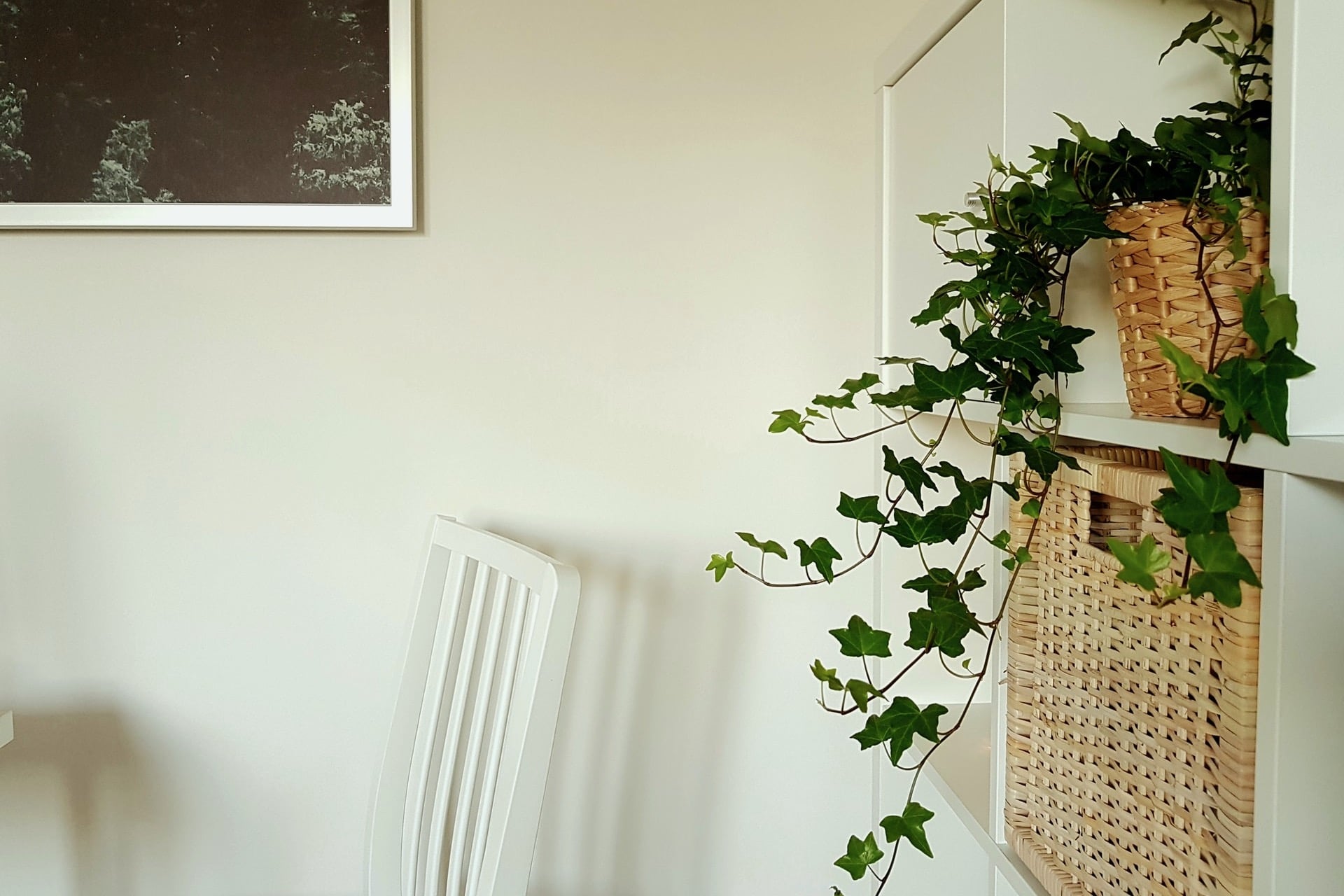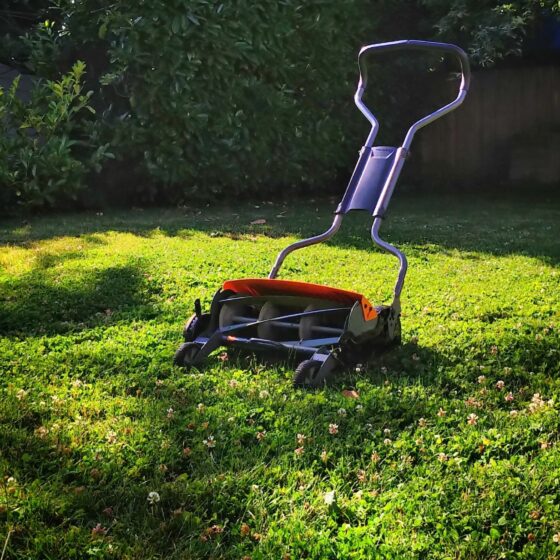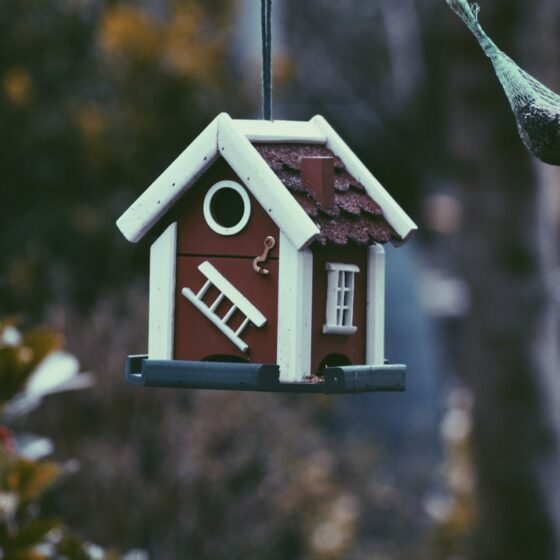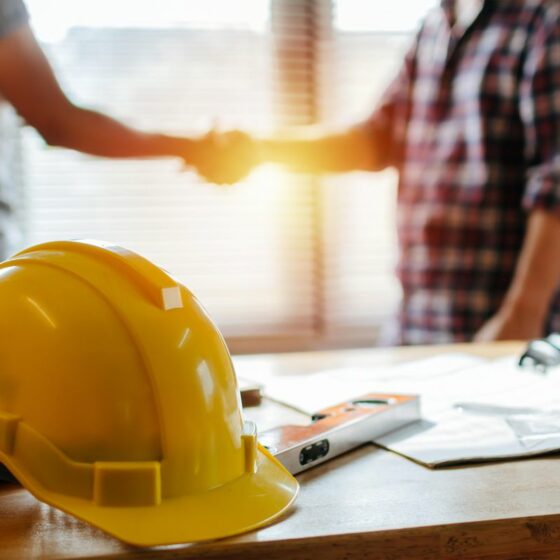If you’re looking for an easy-to-care-for houseplant, ivy is a great option. It’s a hardy plant that can thrive indoors with the right care. In this comprehensive guide, we will discuss everything you need to know about how to take care of an ivy plant indoors. We’ll cover everything from watering and feeding to pests and diseases. With this information, you’ll be able to keep your ivy healthy and looking beautiful!
Is Ivy a Good Indoor Plant?
Ivy is a popular choice for an indoor plant because it is very versatile. It can be grown in a pot or hanging basket, and it does not require a lot of light to thrive.
Ivy plants are not only beautiful, but they are also easy to care for. If you want to add an ivy plant to your home or garden, be sure to do your research to find the variety that is best suited for your needs.
Ivy Plant Varieties
There are many different varieties of ivy plants, each with its own unique appearance and care requirements.
English ivy (Hedera helix) is a very popular type of ivy that is often grown as a houseplant or used in landscaping. It has dark green, glossy leaves and can grow up to 50 feet in length if left unchecked.
Algerian ivy (Hedera canariensis) is a fast-growing, evergreen vine that produces glossy, dark green leaves. Native to the Canary Islands, it is often grown as an ornamental plant in gardens and containers. Algerian ivy is relatively easy to care for and can thrive in a variety of environments.
Irish ivy (Hedera hibernica) is a variety of ivy that is native to Ireland and other parts of Europe. It’s a beautiful, fast-growing vine that’s perfect for growing indoors.
Persian ivy (Hedera colchica) is another popular type of ivy plant that’s often grown indoors. Persian ivy has large, leathery leaves that are deeply lobed and come in a variety of colors, including green, yellow, and variegated.
Nepal ivy (Hedera nepalensis) is also commonly grown indoors. Nepal ivy has large, heart-shaped leaves that are dark green in color.
Russian ivy (Hedera pastuchovii) is another type of ivy that can easily thrive indoors. Russian ivy has small, oval-shaped leaves that are dark green in color.
If you’re thinking of adding an ivy plant to your indoor jungle, read on for everything you need to know about ivy plant care.
Watering and Humidity
When watering your ivy, be sure to check the soil before adding water. This is the safest way to know how often to water your ivy. Ivy plants like to be kept moist, but not soggy, just like poinsettias. So water your ivy plant when the top inch of soil feels dry to the touch. Be sure to empty the drainage tray after each watering so that the roots don’t sit in water.
If the leaves of your ivy plant start to turn yellow, this is a sign that it is getting too much water. Allow the soil to dry out completely before watering again.
Ivy plants also enjoy high humidity, so misting it with a spray bottle is a good way to increase the humidity around your plant.
Light and Temperature
Ivy plants prefer bright, indirect sunlight. If you don’t have a spot near a window that gets good light, you can supplement with grow lights. Keep your ivy plant in a room that stays between 60-80 degrees Fahrenheit. Avoid drafts from windows or doors, and don’t put it too close to a heating vent.
Soil
Ivy plants are not very picky about their soil. It’s only important that it’s loose and well-drained. They can adapt to a wide range of soil pH levels. However, different ivy varieties have different soil requirements.
Fertilizing
Ivy plants should be fertilized every two weeks during the growing season (spring and summer). Use a half-strength liquid fertilizer and apply it when you water your plant. During the fall and winter, you can cut back to fertilizing once a month.
Pruning
You can prune ivy plants at any time of the year, but they will have a growth spurt after being pruned. Therefore, it’s best to wait until spring or summer to do major pruning. To shape your ivy plant, trim back any long vines. You can also cut away any leaves that are turning yellow or brown.
Pests and Diseases
Pests and diseases are a common problem when growing ivy indoors. The most common pests are spider mites, aphids, and mealybugs. These pests can be controlled with regular spraying of insecticidal soap or neem oil.
Diseases such as powdery mildew and root rot can also be a problem. You should treat powdery mildew with a fungicide, while you can prevent root rot by ensuring the ivy plant has good drainage.
Conclusion
Ivy plants are relatively easy to care for, but there are a few things you need to keep in mind. With the right amount of light, water, and humidity, your ivy plant will thrive indoors. Be sure to fertilize it during the growing season, and prune it as needed to keep it looking its best. With a little care, your ivy plant will be a beautiful addition to your indoor garden.
FAQ
How often do you water indoor ivy plants?
During the growing season (spring and summer), you should water your ivy plant about once a week, or when the top inch of soil feels dry. Allow the water to soak in until it reaches the roots; then, empty any excess water that remains in the pot’s saucer. In winter, reduce watering to every other week or as needed.
What does an overwatered ivy look like?
One of the most common problems people have when caring for ivy plants is overwatering. Ivy plants are very sensitive to too much water, and it can cause the leaves to turn brown and dry. If you think you may be overwatering your ivy plant, check the soil to see if it is moist before watering it. If the soil is already moist, then you don’t need to water it.
To help your ivy plant recover from overwatering, make sure you only water it when the soil is dry. You can also add some organic matter to the soil, such as compost or peat moss, to help improve drainage.
Should you trim ivy?
Yes, you should trim ivy plants regularly to keep them healthy and promote new growth. When trimming, be sure to use sharp shears or a knife to make clean cuts. Also, make sure to remove any dead or damaged leaves and stems. How often you trim your ivy plant will depend on how fast it is growing.
How much sun does an ivy need?
Ivy plants prefer bright, indirect sunlight but can tolerate some direct sun if necessary. If you notice the leaves of your ivy plant starting to turn yellow, it’s likely that it’s getting too much sun and you should move it to a shadier spot. By following the tips in this guide on how to take care of an ivy plant, you will be well on your way to growing a healthy and beautiful ivy plant.













